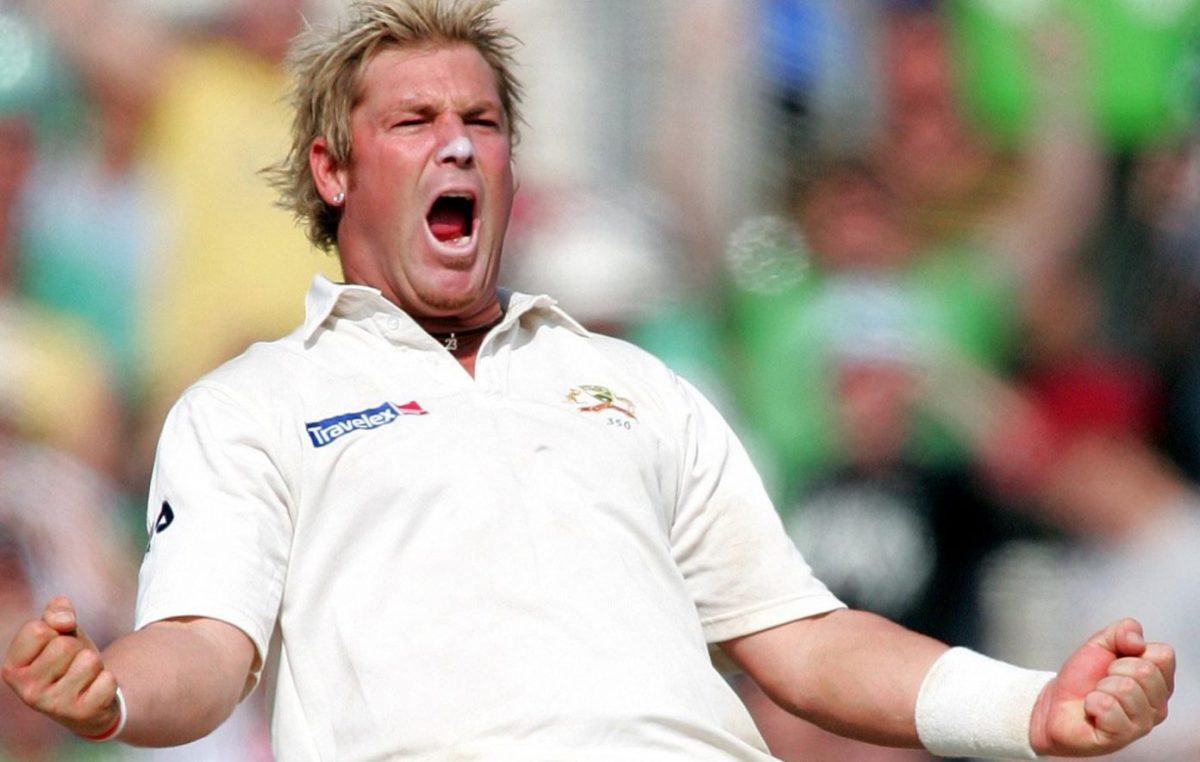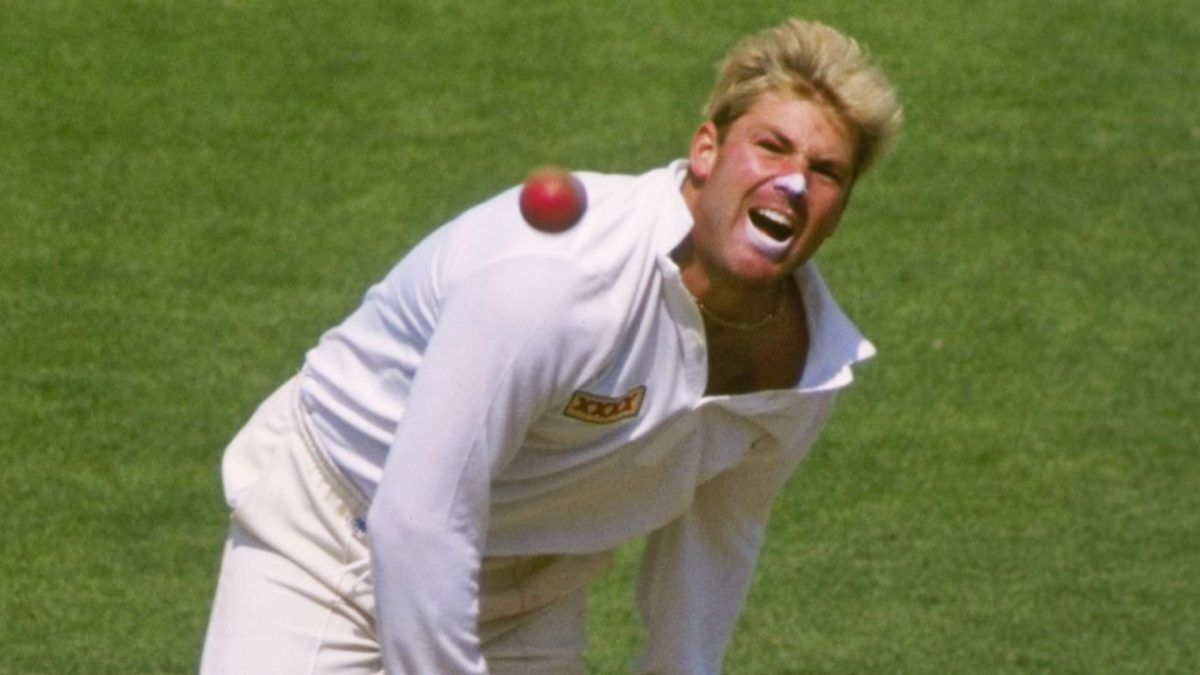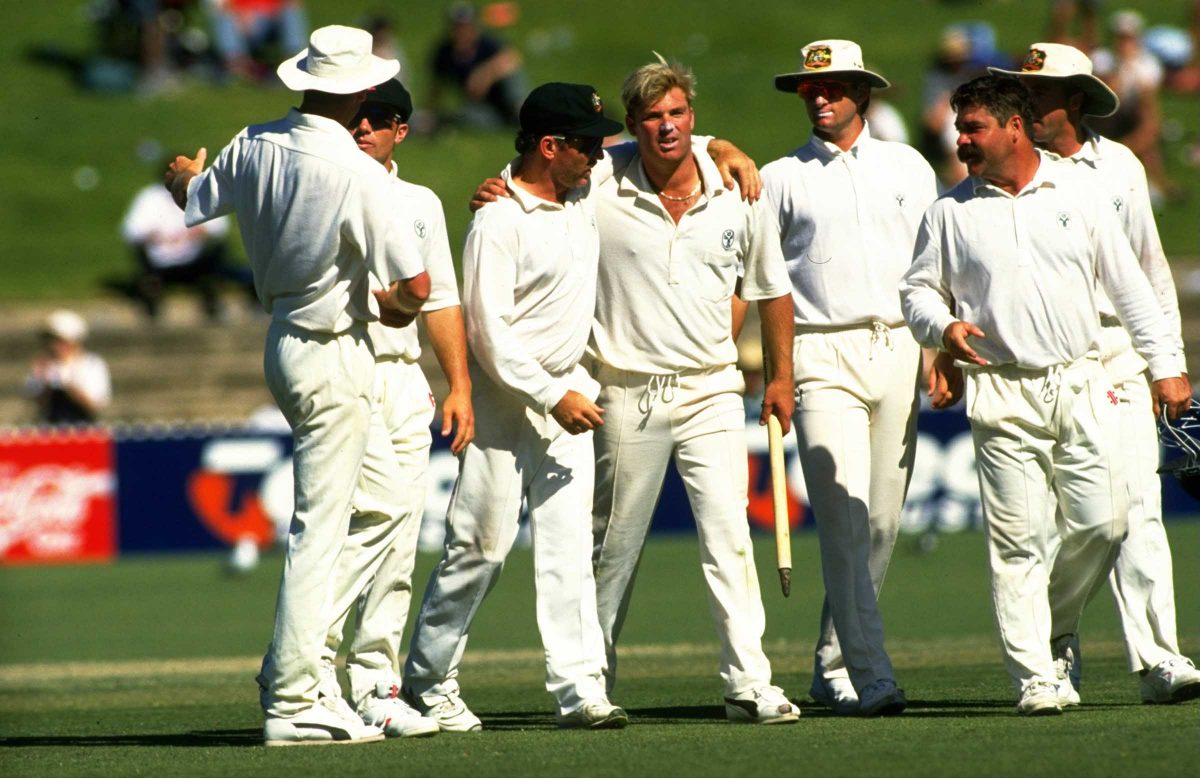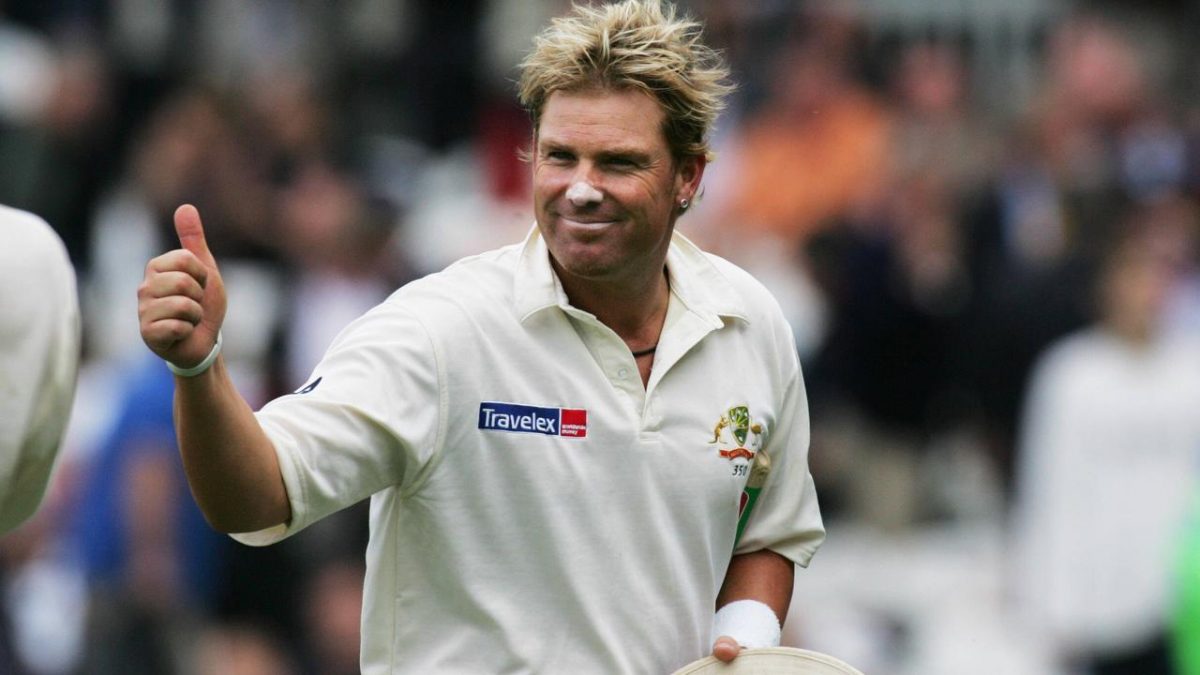The crack of leather on willow. The roar of 90,000 fans on Boxing Day at the MCG. Tony Grieg baiting Bill Lawry into a spirited argument. For many Australians, the sounds, sights, and emotions of cricket instrumental to summer. Synonymous with time at the beach and a good BBQ.

As a kid growing up in the nineties, I played cricket. Never very well, my brother is the sportsman. Like many kids my age, I wanted to be Shane Warne. Cricket balls, apples. I’d pick up virtually anything around. It would get treated to at least one signature Warnie ‘rip’. Toss it up, spin it into my left hand. Managing to land it on the pitch, sometimes. I even got the ball to turn on occasion.
Such is the influence of Shane Warne on the cricketing world. Nothing short of a genius on the field, his mastery of leg-spin… Which, in wide regard, is the most challenging bowling style to get right. That, in combination with his ruthless intelligence and understanding of the game; he is a force to reckon with. Oppositions tended to be fearful of the Shoiab Aktars and Brett Lees of the world. These are bowlers who could spear a ball in at 160km/h to your toes; or worse, bounce them at your head and body.
Disregarding Physics

Shane Warne’s singular talent makes him fearsome, as his ability to take wickets is almost uncanny. Not to mention his seemingly casual disregard for the very laws of physics. One of the most famous examples of this is what was dubbed ‘The Ball of the Century’. Warne, making his Ashes debut, bowled his first ball of the series. He got English batsman Mike Gatting out with a delivery that spun a distance of nearly five feet. He left Gatting, along with both teams in a state of disbelief. The commentators along with the thousands tuning in, saw Shane Warne arrive.
Finding His Way

Shane Warne’s rise to prominence is the subject of Amazon’s new documentary, Shane. His complex relationships with his family and public perception are the subjects of the biopic; which documents his rise to fame. In the beginning, Warne had only one dream – to play AFL for St. Kilda. Growing up in the area and idealising the club’s players, Warne played football from a young age. Cricket too, but only because football only ran in the winters. After experiencing some success playing for the minor league teams, he went to try out for first grade. At this point, he is told that he’s not good enough. A massive blow to the young man, with his sights set on the goal.
Lacking any motivation to get a ‘real job’, Warne’s next step is to re-assess his skill set and look for his niche. After being delisted by St. Kilda in 1989, Warne was recruited to the Australian Cricket Academy in 1990. However, Warne’s attitude did not gel well with the atmosphere and standards set at the academy. After a mooning incident involving Warne and people from a tour bus; he is not invited on the touring squad.
Warne’s reaction was to simply call Victoria’s head coach. Within a couple of days, was back playing for Victoria, which saw his subsequent selection in Australia B. After impressing during their tour of the West Indies and with Australia’s then frontline spinner Peter Taylor only managing to take one wicket in the first two tests of the men’s premier side’s series against India, Warne received the call-up for the third test in Sydney.
Debut & Rise
His debut was far from an ideal start, with Ravi Shastri and a very young Sachin Tendulkar taking him to the sword in his first test. Shane Warne only managed to take one wicket for 228 runs over the two innings he bowled. Backing up in the next Australian series in Colombo, his run of poor form continued, where he recorded figures of 0/107 in the first innings.

However, in the second he came on to take the last three Sri Lankan wickets without conceding a run, leading to an unlikely 16 run victory for Australia. This luck didn’t continue and after underperforming again over the next two tests he was dropped for the first test against the West Indies during the Australian summer.
This was short-lived, however, and after being recalled the Shane Warne of legend began to really take shape. Being recalled for the second West Indies test, he recorded figures of 7/52 and established himself in the side. After that was the Ashes tour, where he was the leading wicket-taker with 34 wickets over the series. From then on Warne went from strength to strength, consistently taking wickets and in partnership with Glen McGrath they went on to help forge the most successful period for Australian cricket since the days of the Invincibles.
Cricket’s “Bad Boy”
As Shane Warne’s fame grew, so too did the media’s interest in him. This period in the mid-late nineties was the rise of the celebrity athlete, with figures like Michael Jordan and Tiger Woods rising to prominence.

Shane Warne was cricket’s equivalent to these giants, and his personal and professional life came under the kind of scrutiny that had until that point been reserved for royals or movie stars. Peroxide blonde, a bit chubby, and an unapologetic smoker and drinker, Warne presented as very different to our picture of an elite athlete, yet his continued exploits on the field were unmatched.
However his personality & behaviour – and perhaps some ego fueled by this newfound infamy – led to numerous clashes with captains and organisations alike. This culminated in accusations of match-fixing after conversations with a book-maker in India, a charge he and Mark Waugh were eventually acquitted of, but the mark against his personality – and the thought that perhaps Shane Warne was involved in some conduct unbecoming of a professional sportsman – was planted in the minds of the media.
After also experiencing some problems with his shoulder that led to a dampening of his form, some of the shine had gone off the apple. Warne then tested positive for a substance on the banned list, which led to him being punished with a year’s ban from the sport in 2003.
Comeback Amid Controversy

After taking the year off, Warne returned to international cricket determined to go out on his terms. Rejoining the Australian squad in 2004, he surpassed 500 test wickets in his first series back against Sri Lanka. He went on to be instrumental in securing Australia’s first Test series win in India since 1969. After some time off the Australian squad then headed to England to prepare for the 2005 Ashes series.
It was this time that the story of Warne’s infidelity leaked to the press, just as Simone was bringing the kids to London for them all to be together. Simone pretty much immediately turned around and came home, announcing to the press that she was separating from Warne. Despite the negative press and constant badgering from English supporters, Warne came close to winning the series single-handedly for Australia, taking 40 wickets at an astonishing average of 19.92.
On His Own Terms

After the gruelling 2005 Ashes, the Australians returned home beaten but not out of the fight. The English were coming back in late 2006, and this time arguably the best Australian side to take the field were well and truly ready for them. Fittingly for the legacy not only of Warne but McGrath and Langer, this series was a 5-0 whitewash and an appropriate send-off for these legends of the game. In the end, Warne achieved what he’d set out to do after his ban – go out on top, on his own terms.
But what makes Warne such an interesting figure? I think it’s a combination of factors. Clearly first and foremost is his skill with the ball. Having grown up watching the game I’ve seen plenty of spin bowling, but nothing like what Warne could do. His talent was singular. In addition, his inherent understanding of the game – and his uncanny ability to read a batsman and know the best way to get him out – made him box office, a bums in seats operator who when in full flight you couldn’t take your eyes off.
I also think part of his appeal is down to his honesty. He never tried to hide who he was, or change his personality to a more “press friendly” version of himself. In this day and age where everyone in the spotlight is so carefully spoken, often advised by a team of people, Warne was nothing but himself – for better or worse.
From the Sidelines
To paraphrase the great baseball coach Billy Bean, how can you not be romantic about cricket? There’s something about it that is inherent to our culture. This documentary highlights one of the very best our country has ever produced. Despite his questionable conduct off the field, there’s no denying that Warne was one of a kind, and to have watched his career from the sidelines – often in awe – is something I personally feel privileged to have been a part of.
Subscribe to FIB’s Weekly Breaking News Report for your weekly dose of music, fashion and pop culture news!







